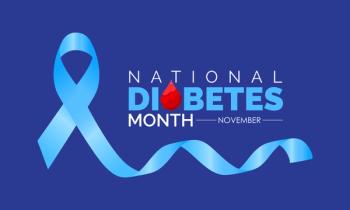
AHA Reports Record Number of Cardiovascular Deaths Early in COVID-19 Pandemic
Mortality was highest among Asian, Black, and Hispanic populations, American Heart Association’s 2023 Statistical Update shows.
The number of individuals in the United States who died from
In the update published in Circulation, the rise of the number of CVD deaths in 2020 represents the largest single-year increase since 2015 and is the highest recorded number.
“While the total number of CVD-related deaths increased from 2019 to 2020, what may be even more telling is that our age-adjusted mortality rate increased for the first time in many years and by a fairly substantial 4.6%,” Connie Tsao, MD, MPH, FAHA, an assistant professor of medicine at Harvard Medical School, said in a statement.
“The age-adjusted mortality rate takes into consideration that the total population may have more older adults from 1 year to another, in which case you might expect higher rates of death among older people. So, even though our total number of deaths have been slowly increasing over the past decade, we have seen a decline each year in our age-adjusted rates until 2020,” Tsao said.
The biggest increase in the overall number of CVD-related deaths were seen among Asian, Black, and Hispanic individuals and populations that were most affected early in the pandemic.
COVID-19 is associated with new clotting and inflammation, so it has direct and indirect impacts on cardiovascular health, investigators noted.
Additionally, individuals who had existing or new heart disease and stroke symptoms were reluctant to seek medical care, especially early in the pandemic, resulting in many presenting with advanced stages of CVD and needing more urgent treatment for conditions that could have been manageable, investigators said.
This year’s update also included information on COVID-19 and its impact on CVD, as well as findings related to risk factors for heart disease and stroke, including diabetes, high blood pressure, and obesity, which are also risk factors for the virus.
Disparities related to age, ethnicity, race, and sex were seen, but data on other underrepresented populations, such as individuals who are part of the LGBTQ community and those who live in rural areas, is still lacking.
There were larger increases seen in the number of coronary heart disease deaths of those in Asian, Black, and Hispanic populations, which correlated to the individuals most affected with COVID-19.
“[Individuals] from communities of color were among those more highly impacted, especially early on, often due to a disproportionate burden of cardiovascular risk factors, such as hypertension and obesity. Additionally, there are socioeconomic considerations, as well as the ongoing impact of structural racism on multiple factors, including limiting the ability to access quality health care,” Michelle Albert, MD, MPH, FAHA, a professor of medicine at the University of California at San Francisco (UCSF) and admissions dean for UCSF Medical School, said in a statement.
Investigators emphasized the importance of the surveillance report as a resource for health care professionals, the media, physicians, policymakers, and the public.
Reference
COVID toll realized: CVD deaths take big jump, especially among certain populations. America Heart Association. News release. January 25, 2023. Accessed January 26, 2023. https://newsroom.heart.org/news/covid-toll-realized-cvd-deaths-take-big-jump-especially-among-certain-populations
Newsletter
Stay informed on drug updates, treatment guidelines, and pharmacy practice trends—subscribe to Pharmacy Times for weekly clinical insights.


















































































































































































































